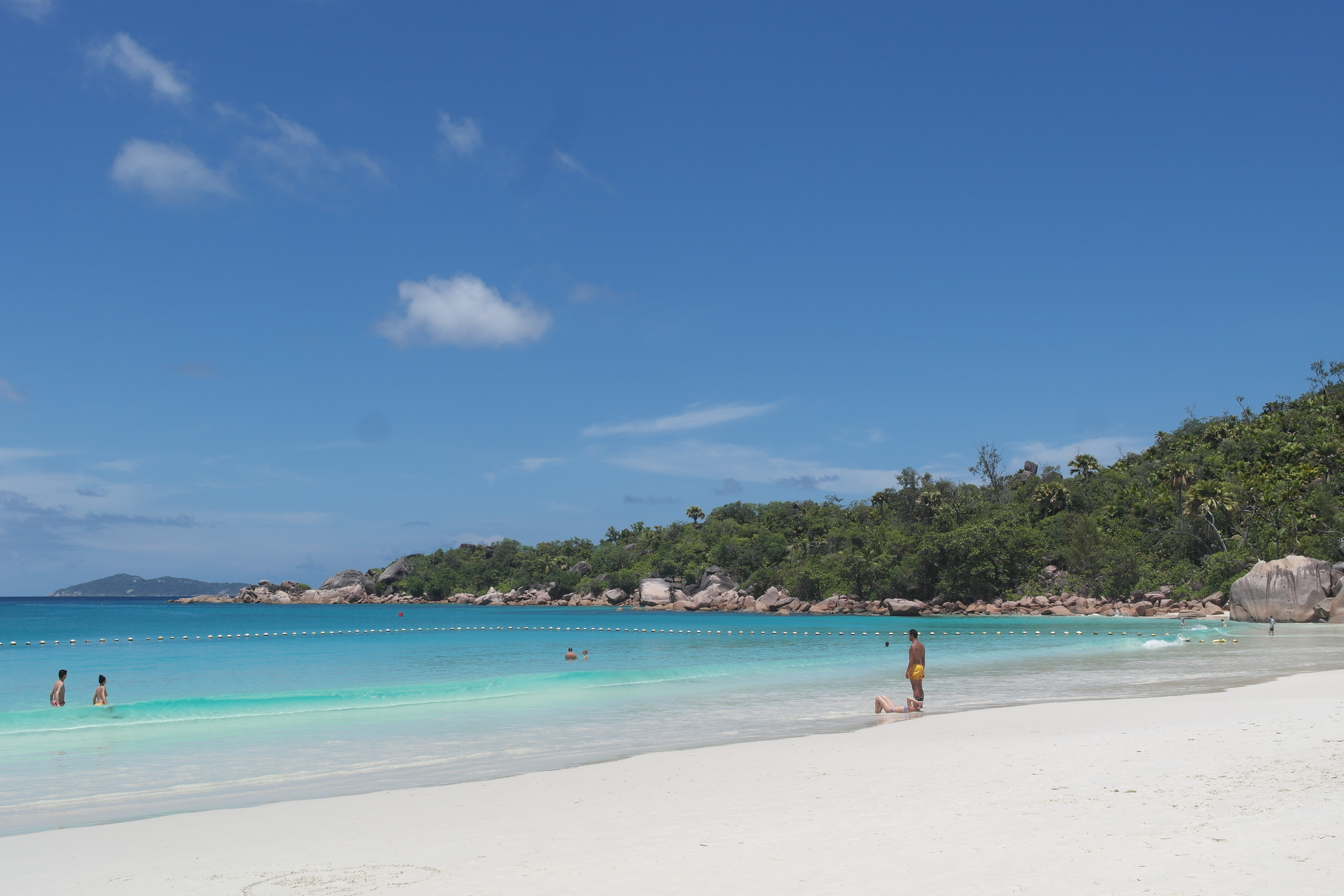Biodiversity Values
Biodiversity Values
Biodiversity offers more than just direct consumptive use values to the economy and society (See Table 1). Key sectors of the Seychelles economy, fisheries and certain aspects of tourism, and their historical predecessors, agriculture and forestry, depend directly upon the consumption of raw biodiversity materials. Human and light-industrial production and consumption also rely indirectly on ecosystem (biodiversity-based) services such as sinks for waste production or provision of water. Non consumptive use is embodied by many tourism activities. Optional values exist in the maintenance of healthy ecosystems to support future use perhaps through applications for endemic genetic information in medicines or food production and the application of biotechnology, or other ways not yet known. Biodiversity has cultural and spiritual values that augment the quality of life and human well-being. Biodiversity also has fundamental intrinsic value as recognised in the preamble of the Convention on Biological Diversity.
| Table 1: Values of Seychelles Biological Resources | ||||
| Use Values | Non-Use Values | |||
| Direct | Indirect | Option | Existence | |
| Consumptive | Non-Consumptive | Ecological service provision such as Water and soil cycle maintenance, or support of populations with direct consumptive values. | Future value of biodiversity maintained in healthy, diverse productive state for future, perhaps yet unknown, consumptive and non-consumptive modes of use. | Intrinsic value. Additional existence values such as cultural, spiritual and bequest values. |
| Biodiversity products that can be consumed directly e.g. fish, timber, plants and animals | Biodiversity usage that does not necessarily degrade it – particularly true for ecotourism activities such as hiking, bird watching, snorkelling/diving etc. | |||
Economic assessments of the value of Seychelles’ biodiversity are somewhat limited. A basic assessment was undertaken in 1997 (Emmerton 1997) as part of the process to develop the first national biodiversity strategy and action plan. Subsequent basic studies have been undertaken on: the socioeconomic impacts of marine ecosystem degradation with a focus on the impacts of the 1998 severe coral bleaching event (Cesar et al 2004), a travel cost analysis of marine parks (Mwebaze & MacLeod 2013) and contingent valuation assessments of two coastal areas on the main island of Mahe (MCSS 2013 a & b). The most recent overarching study of the value of biodiversity to the Seychelles economy was very significant , constituting 35% of total Government revenue, providing for 38% of national employment, contributing 60% of gross domestic product and accounting for 75% of foreign currency inflow to the country.
No assessment has been undertaken of the cultural and spiritual value of Seychelles biodiversity, though culturally it would appear to be unquestionably high. Social activities revolve around the coast and the interface of land and sea. The leisure time of the vast majority of Seychellois is coastally oriented and based upon activities such as fishing, swimming, water sports, beach games and socialising (picnics, barbecues, family fun days and dances) including national events such as the annual Regatta. This entrenches the environment, natural outdoors experience and interests as a unifying bond at the core of the nation’s cultural identity centred upon a close interaction and affinity with nature and the natural world. This is prominently reflected in Seychellois musical and visual arts.
The cultural importance of such interaction has become more prominent in recent years with former communal areas being lost or open access to them restricted – beach access in particular is a growing problem. Broader concerns about the existence value of biodiversity have recently manifested in widespread public objections to the proposed development of the last physically intact mountain to coastline catchment and watershed system, with associated wetlands and important turtle rookeries, on the main island of Mahe.
Successive stakeholder biodiversity/environment strategic planning processes have identified the lack/absence of trained environmental economists in the country and the need to mainstream environmental evaluation into the decision-making process. Despite this the action plans to establish domestic environmental economics capacity have not been realised and as such this shortcoming is still in need of redress.
Government of Seychelles (2014): Fifth National Report to the United Nations Convention on Biological Diversity. Ministry of Environment and Energy, P.O. Box 445, Botanical Gardens, Mont Fleuri, Victoria, Republic of Seychelles. Preport prepared by John Nevill.
Cesar, H. et al (2004). Evaluation of the Socio-economic Impacts of Marine Ecosystem Degradation in the Seychelles. SEYMEMP Report.
Emmerton, L. (1997). Seychelles Biodiversity: Economic Assessment. Seychelles NBSAP.
MCSS (2013a). Contingent Value Survey Report for Beau Vallon.
MCSS (2013b). Contingent Value Survey Report for Intendance.
Murray, M. & Henri, K. (2005). An economic assessment of Seychelles biodiversity. GEF PDF Report for “Mainstreaming biodiversity in production landscapes and sectors’ project application.
Mwebaze, P. & MacLeod, A. (2013). Valuing marine parks in a small island developing state: a travel cost analysis in Seychelles. Environment and Development Economics, 18, pp 405-426.


